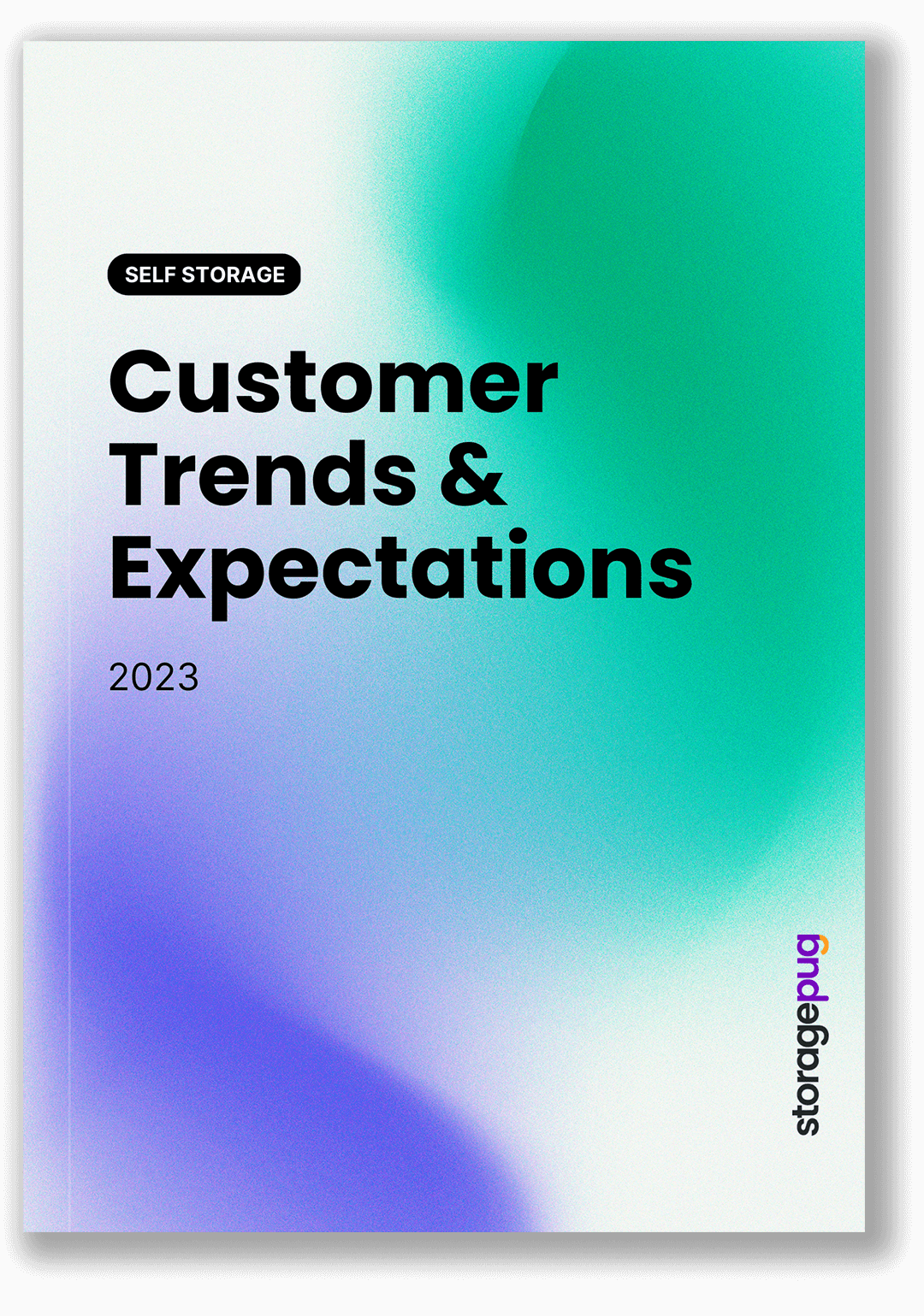Menu
May 11, 2023


It's been a scary economic climate for months now as talks of recession loomed and business owners prepared for the worst.
Now, it seems like some economists have pulled back on recession talks for 2023. There seems to be much less certainty about the doom and gloom that alarm-raisers predicted months ago.
What's changed?
Join us in this Gabfocus Spotlight, where John Chang of Marcus & Millichap gives us the breakdown of the current state of the economy in regard to potential recession.
Question: "Why are some economists beginning to pull back recession warnings for 2023?"
Check out the video clip below to hear their answers:
In this Gabfocus Session: State of the Industry 2023, John Chang of Marcus & Millichap joined us to discuss the state of the economy and of the self storage industry. He took us on a walk through everything from potential recession to rental trends among millennials.
Check out the full Session to dive deeper!
Everybody's looking forward.
Everybody's trying to figure out, how does this all fit together?
One year ago, the Fed was still stimulating the economy. They were still using quantitative easing. They hadn't moved interest rates yet. Their first rate increase wasn't until March of last year. Hit it in March, and then they hit it again in May, and then in June, they ratcheted it up.
They moved to their 1st 75 basis point increase in June of last year, and then they did that in June, in August, September, and November, right? So 475 basis point increases.
So if you think about that, the interest rate from the Federal Reserve was raised by 300 basis points in 140 days. So if you're in a 1031 exchange, you have 180 days to designate a property and get through that, get it under contract, get all those pieces in place.
In that time, after you sold your first property to when you got your next one, the cost of capital may have moved 300 basis points. And that really stalled out the transaction market.
That stalled out the economy.
That caused a lot of people to say, whoa, we're going to hit a wall.
The other thing was, if you remember last year in August, Chairman Powell had a very short conversation and press conference. And the one thing everybody remembers from that was, there will be pain, right? He comes out, he says, there's going to be pain. Everyone get ready. And his next couple of meetings, he says, look, this unemployment rate is unrealistic. We're at three and a half percent unemployment, which is like 50 year low, and we're going to raise the unemployment rate to about 4.4%. In one meeting, they said 4.4, and another one they said 4.6. Okay?
If you do the math and do the engineering down there, basically they said, we're going to cause 3 to 4 million job losses by moving that unemployment rate that much.
That kind of scares people.
And they go, hey, this is bad, and we're concerned. That is a recession right there. If you're going to create 4 million job losses, that's a recession.
Now, in December, 4.4 or 4.6% unemployment. But February, you said you took the month of January off. That's a good thing. On February 1, the Fed had their last meeting. They went to a 25 basis point increase. That was good. But the most important thing that I picked up in that meeting was they said, it's possible for us to get a soft landing without a significant change in the unemployment rate.
That's a big change from where they were in December. And that really caught my attention and a lot of other economists and a lot of other investors and said, hey, they're changing their tune.
They're not going to force a recession at this point.
They're going to keep moving rates, and it will keep going up a little bit. But that was a big thing. And on top of that, we added 517,000 jobs in January, which is one of the best months on record. If you look back, other than the cycle coming out of the pandemic and the recovery cycle, the US has only added over 500,000 jobs one other time, and that was in 2010. The Census Bureau hired 400,000 temporary workers. It was the only other time we had 500,000 jobs in a month. That's really positive. The unemployment rates at 3.4%. You see a lot of the retail sales up 3% year over year. You see a lot of these numbers still coming in, showing growth, and the Fed is starting to ease back.
They're not talking about pain anymore.
They're talking about small incremental rate increases. And that's a much better place to be."—John Chang
